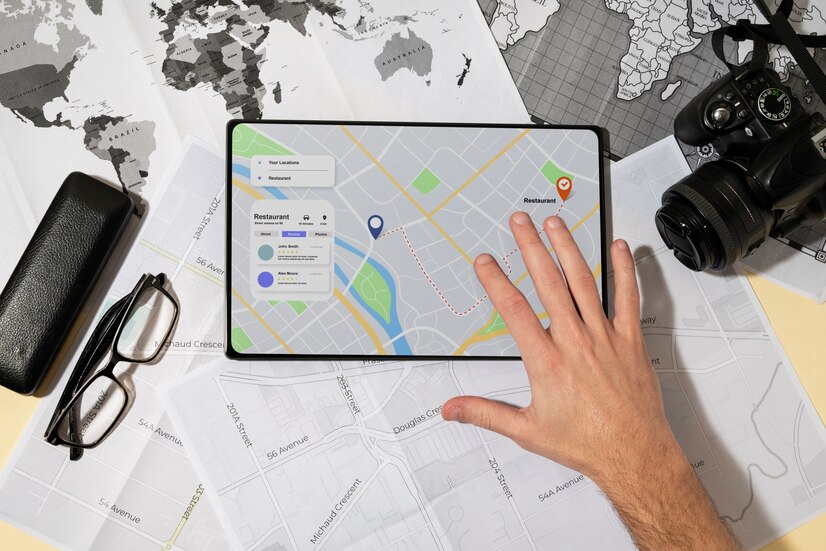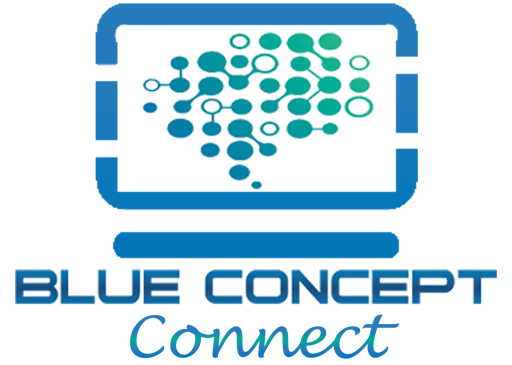

In today’s market, buyers are presented with a wide range of GPS trackers featuring different technologies, functions, pricing models, and subscription requirements. One major consideration for many consumers is whether the device comes with an ongoing subscription fee, which can introduce extra expenses, renewals, and complicated terms like auto-renewals.
Understandably, a subscription-free GPS tracker sounds appealing. But is it really possible? And if so, what are the trade-offs? In this article, Blue Concept Connect explores whether GPS trackers can truly operate without a subscription, the technologies behind them, and the potential hidden costs you should watch out for.
GPS trackers rely on different communication technologies—Wi-Fi, Bluetooth, BLE, UWB, LPWAN, and cellular networks (2G/3G/4G/5G). While many devices require a network connection (and therefore a subscription) to provide real-time location data, some brands advertise “subscription-free” trackers.
However, it’s important to look beyond the marketing claims. Many so-called subscription-free options still come with limitations, hidden costs, or delayed subscription requirements. Let’s break down the different types of technologies and how they impact the subscription model.
Most GPS trackers operate using cellular networks like GSM or LTE to transmit location data. These devices require a SIM card, just like your smartphone, to access the network—and a SIM card always involves some form of subscription.
If you come across a GPS tracker claiming “no subscription” for GSM services, be cautious. Often, the cost is either baked into a higher upfront purchase price or includes limited free service (for example, one or two years) before renewal is necessary.
Additionally, it’s important to remember that older networks like 2G are being phased out, which could compromise network reliability and device effectiveness in the near future.
Low-Power Wide Area Networks (LPWAN), such as Sigfox, LoRa, LTE-M, and NB-IoT, are designed specifically for IoT devices, including GPS trackers. LPWAN trackers are more energy-efficient and usually offer lower subscription costs compared to GSM trackers.
While subscriptions for LPWAN devices are affordable, they come with trade-offs:
Some LPWAN devices bundle multi-year subscriptions into the initial cost, offering what looks like a “no subscription” solution. However, after the prepaid period ends, renewal is typically necessary. LPWAN trackers are excellent for asset tracking where real-time, high-speed data isn’t critical.
Certain GPS trackers are designed to work over Wi-Fi networks. Since they piggyback off existing Wi-Fi infrastructure, they typically don’t require a subscription.
However, these devices have limited range—restricted to Wi-Fi network coverage—and cannot operate in outdoor environments or areas without Wi-Fi. They are ideal for indoor tracking (like warehouses or campuses) but are not suitable for mobile, wide-area applications such as fleet tracking.
While Wi-Fi trackers avoid subscription fees, they do rely on Wi-Fi maintenance costs and infrastructure investments.
Bluetooth-enabled trackers, like Apple’s AirTag, Samsung’s Galaxy SmartTag, and Tile devices, also operate without a subscription. They use short-range communication with nearby smartphones to update location data.
Advantages:
Disadvantages:
Bluetooth-based devices are fantastic for personal use, but not practical for businesses needing comprehensive tracking for vehicles, equipment, or personnel.
At Blue Concept Connect, we believe in complete transparency regarding subscriptions. Our range of GPS trackers comes with flexible options designed to meet your specific needs.
For devices operating on cellular networks, we offer annual subscription plans covering Europe and global locations, with straightforward renewal terms and no hidden fees.
For trackers running on LPWAN networks like Sigfox, we provide 1-year, 2-year, and 3-year subscription options. Subscriptions are not automatically renewed, giving you full control over whether or not you continue service. Longer-term plans come at discounted rates, providing excellent value.
We clearly display our tracker pricing, both with and without subscriptions, and help you select the best solution based on your preferred network and usage.
While subscription-free GPS trackers do exist, they come with significant trade-offs, such as reduced range, limited tracking capabilities, or hidden costs.
For small-scale personal tracking or indoor environments, Bluetooth and Wi-Fi trackers may work well without subscriptions. But for professional needs like fleet management, asset tracking, or outdoor monitoring, subscription-based GPS trackers using cellular or LPWAN networks are usually the most reliable and efficient choice.
At Blue Concept Connect, we offer flexible, affordable GPS tracking solutions with clear subscription options—designed to fit your needs without surprises. Explore our range of GPS trackers and find the best solution for your tracking requirements today!
100% Original product that covered warranty by the vendor.
You have the right to return your orders within 30 days.
Your orders are shipped seamlessly between countries
Your payments are secure with our private security network.

Phone: +590590 272436